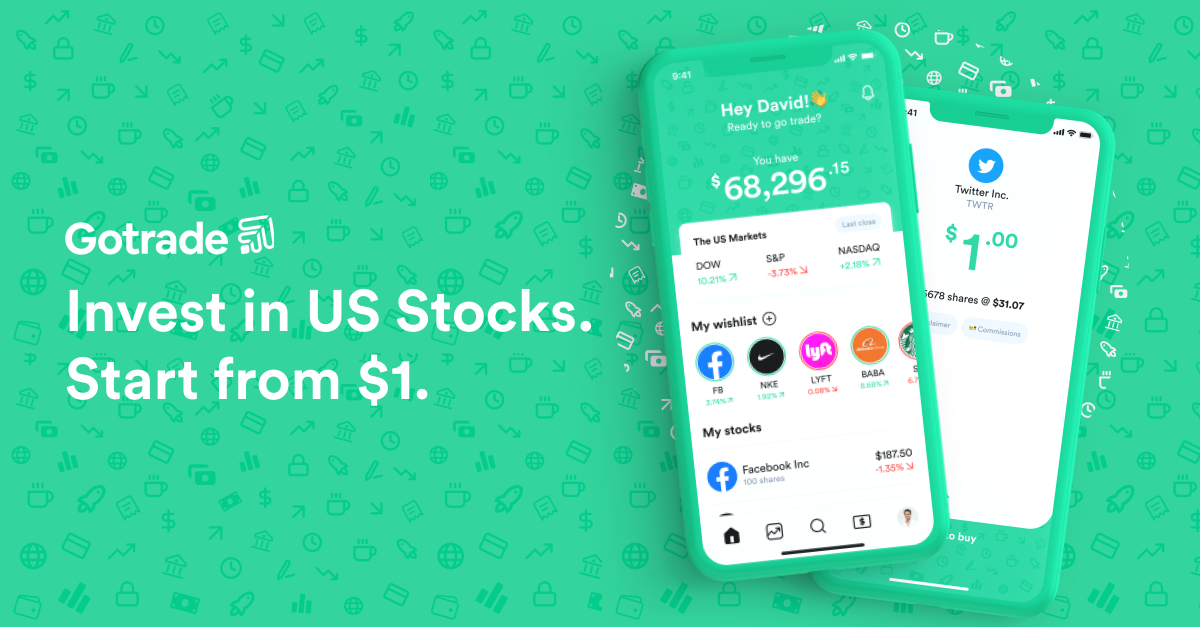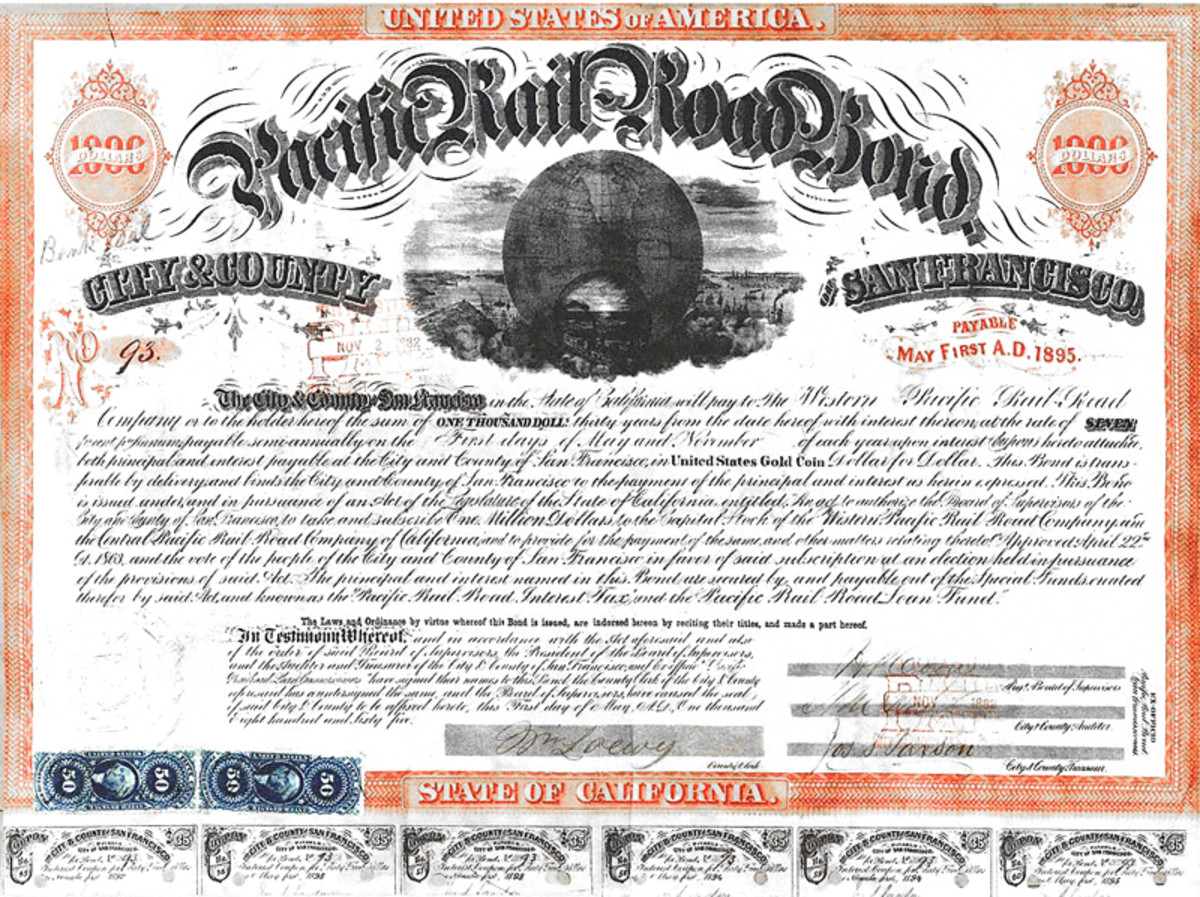Powerful Start to Self Directed Investing
Self-Directed Investing

Swim in the Self-Directed Investment Pool
I have just weathered through a very volatile market, which made my experience in self dirtied investing more exciting. My passion for creating wealth is firm, which doesn't necessarily mean I've won my investing gold medals yet, but I have jumped into the pool, and I'm swimming, not sinking.
I knew little about investing before I found myself in the pool. I had no clue about the stock market other than the playground of the wealthy and a graveyard for amateurs. My family was equally clueless and added risk aversion to ignorance. Like many, they thought playing the market was gambling, and they were not happy with my interest in what they saw as a mix of horse racing, lottery tickets and Russian roulette. Swimming with the sharks is how they put it. Still, I just had to know, and I dove, totally wet but not in the deep end.
After a few years of watching me thrash around as I learned the basic strokes, my family talks about the stock market with less fear, gives advice, reads for tips, asks how it's going, and stays on the edge of the pool with just damp toes. Still, they have a new interest and reason to read the news and think about what changes can mean.
Wealth Creation Environment: A real going in advantage in self directed investing
I have to say though that my parents did have their own history of wealth creation through small business development but not in the smoke and mirrors of the market. So, I had no real tradition of fear in risk taking and no opportunity to try greed.
Fear and greed are to market players what smoking and bad bathing suits are to swimmers, or wind and ripped parachutes are to sky divers. So, I had a real going-in advantage. But not to worry. Everything can be learned. Here are the steps to take in self directed investing:
1. Open your online brokerage account
My husband had the risk tolerance of a popsicle. He lost sleep over wild gambles on Government Bonds and even Money Market Mutuals. Still, he came to the bank to open an online investment account although I could smell the fear!
I chose our regular bank because its online investment brokerage had been rated no.1 for several years and it was a comfortable environment with no one visibly setting up a sting operation. Then we walked over to another bank to do a bit of comparison shopping but ended up sticking with what we knew, if only to placate the coward within him, not me!
My first dive was shallow not knowing how deep the bottom was and with $5,000 I started to swim, no brokers advice, no life jacket, just dog paddled myself. It was all online too, so no one to rush me or panic me into a bad decision. Just me, swimming.
I started to swim, no brokers advice, no life jacket, just dog paddled myself.
2. Learn the basics of self-directed investing and continue learning
To start on self-directed investing, you have to educate yourself on the basics of investing and learn all you can. I also watched how I reacted to the rise and fall of the market and observed closely how it behaves. I am still learning as the market is changing, too, and one can't predict its behavior. However, you may not be able to predict your own reaction but you you can control how you will respond to the change.
3. Define your self-directed investing strategy
The fee back then for every transaction was $25 and whatever I earned was being inhaled by the Bank. I was making them rich, so, as a small defence, I bought some stock in the Bank which has worked out well. At least, I began to benefit a bit in the theft of my own money!
Soon, I found out that if I have a certain amount in the account, I only have to pay $9.95 per transaction. We got that money so I put this in. I could have gone to other discount brokerages but my risk tolerance can't handle that so I stayed in our bank. After putting the amount required, I cut the fees in half. I tried to keep the technical part as simple as possible as I don't have a mass of money and we only put up what we can afford to lose. No mortgage-the-house in this approach. In some of the early years I could only show (small) losses but this was my learning fee, and I kept on swimming. I could use my losses to offset some capital gains in the future so I just kept reporting the losses.
We decided to stick with a cash account, not a margin account so I could not use more money than what I had in cash. (The popsicle was watching!). It was a good disciplinary technique especially when I was just starting and still learning about my own weaknesses and the horrible fabrications of "advisors" and "market analysts" on the assorted television business shows. They desperately hope you'll make them rich by following their advice. What a gang. They could give the TV Evangelists a good name.
Have you tried investing on your own?
Have you had success in self directed investing? - Share with us
Did you gain money in your first attempt as a self directed investor?
4. Know the different types of investment account
A margin account is a type of brokerage account in which your broker lends you the cash to purchase stocks. There are regulations imposed by your stock brokers. Some will only lend you half of what you have in your investment account. Your cash and stocks in your account become the collateral for your loan.
What is the advantage? Without ready cash, you can buy stocks that you think have reached bottom but have great possibilities for an upturn. How do you know? Read, read, read. When the stock goes up, you profit much and you happily sell the stocks and pay your broker. If your prediction did not work out and the stock even went lower, then you are in deep do-do as you will have to put up that cash when your broker issues the margin call.
A margin call is clearly stipulated by your broker. This is usually 50% of your total cash and securities in your account. So, if what you borrowed to buy those stocks exceeds 50% of your total cash and securities, your broker, will give you a margin call and ask for the money. If you can't come up with the money, the broker may sell your stocks to cover it and you'll end up with a loss. When the stakes are high, the gains are tremendous but it is at this point that my risk intolerant popsicle becomes terror struck because if you lose on your bet........wow. So, to start, it is best to stick to a cash account and invest only the money you can afford to lose. Of course, you go into investment not to lose but to win.
Practice in Trading Stocks

5. Practice investing and trading in stocks
I have to admit, while I read a lot before opening the account, I did not practice first. Looking back now, this would have been helpful in understanding the terms and the tools used in online stock trading and in honing a strategy without putting money into the learning process. Especially, when so many online brokers will let you play with a practice account. Even Google and Yahoo Finance allow you to do this. Start with creating a practice investment portfolio and learn the stock trading basics.
Basics of Stock Trading - You need to understand these terms

The Basics of Stock Trading
If you're serious in directing your own investment, learn first some of these:
1. Stock Price. This refers to the cost of a specific stock. This could be the real time price or the delayed quote price. Your online broker will specify this. Make sure you get a broker account that will give you the real-time price as the price can fluctuate significantly in a minute.
2. Stock Price Range. This will show you the lowest and highest price a particular stock has traded during the day. This will show you if the stock is going up, fluctuating, dipping or settling down. Based on this, you can make your decision to buy or sell a stock.
3. Stock Market Cap. This will give you an idea of how big a company is given the total value of all the outstanding shares a company has on the market. So, those that have big market caps are often referred to as blue chip stocks. This is often a good place to start with your picks.
4. Stock Trading Volume. This refers to the number of shares of the stock traded in the market. Usually, stocks with higher volume will not be subject to drastic price changes than those with lower volume which often fall victims of manipulators.
5. Stock Dividend. This gives you the payout per share and yield percentage that a company pays its shareholders. Good performing companies often pay better dividends.
6. Stock P/E Ratio. The price-to-earnings ratio is your gauge of the value of the stock, whether the valuations are low or high which determine if the stock is cheap or expensive. Your online broker gives this info usually. But if not, calculate it by dividing the price per share of the stock with the earnings per share. Use this to compare stocks in the same sector.
7. Stock EPS: The earnings-per-share gives you an idea of how profitable the company is by giving you how much each share earned based on the company's performance.
8. Stock Chart. I love looking at this graph. It shows you the stock's performance over a period of time, say, day, month, year, 5years or more. The past does NOT predict the future...but you spot the erratic bouncers quickly.
Of course, when you go online in your account, your brokerage gives more information than just this. They track the news on your portfolio of stocks, the performance of the market in general and other useful information to make you develop a winning portfolio. To start, open a practice portfolio.
Practice Portfolio - This will give you a good start

Your Practice Portfolio
This is a tool in self-directed investing that I wish I had used before I plunged into the pool. Many online finance and brokerage sites allow you to develop one on their site.
So, start filling up your portfolio. Choose the stocks you want to follow and get them at the price you think is reasonable. You can use the stock screener in some of the sites. You can look for stocks that pay dividends or stocks below $10 in the oil sector or in the transportation sector. This will make your choices more focused.
Once you have opened a portfolio, each day you can go back to it and see how your stocks performed. You can see how much money you have gained or lost, the pattern of your transactions (buy and sell orders), and the news relating to stocks in your portfolio.
Not only will your practice portfolio give you all these information, it will home in your skills in choosing stocks, deciding when to buy or sell, when is the best time to let go of stocks as well as the effort and discipline you need to win in the investment game.
What is your preference in investing?

Which sector gets the biggest slice of your investment dollars?
Stock Investment - Have you started?
Have you invested in stocks?
6. Start investing on your real portfolio
Build it as you learn. Once you feel you have practiced enough, start your real portfolio. Build it slowly and keep learning. The moment you start, a whole new world is open for you to explore.
Now that you have stocks in your portfolio, make a list of these stocks in your iGoogle or Yahoo or its equivalent and monitor its progress. Pay attention to the news on your stocks, the volume traded each day and the fluctuation in price and learn from these. Read what analysts say about your stocks but more importantly, read their own reports. Their sites would have all these quarterly and annual reports. find out how they are doing. Compare their growth with the other companies in the sector. As you keep doing this, you learn more.
Start your self directed investing with this book

Do you prefer to invest your own money?
This content is accurate and true to the best of the author’s knowledge and is not meant to substitute for formal and individualized advice from a qualified professional.
© 2010 Mary Norton








